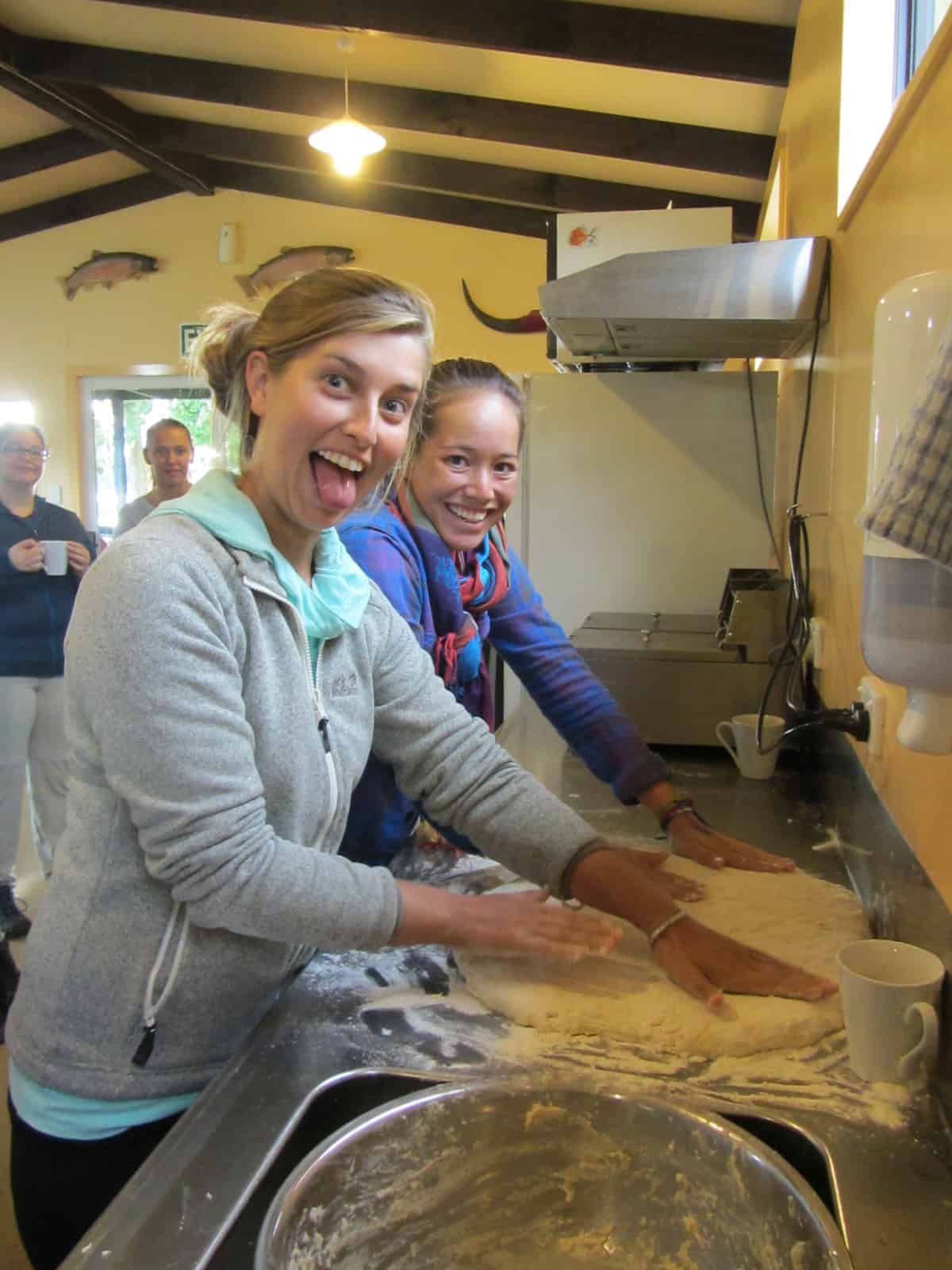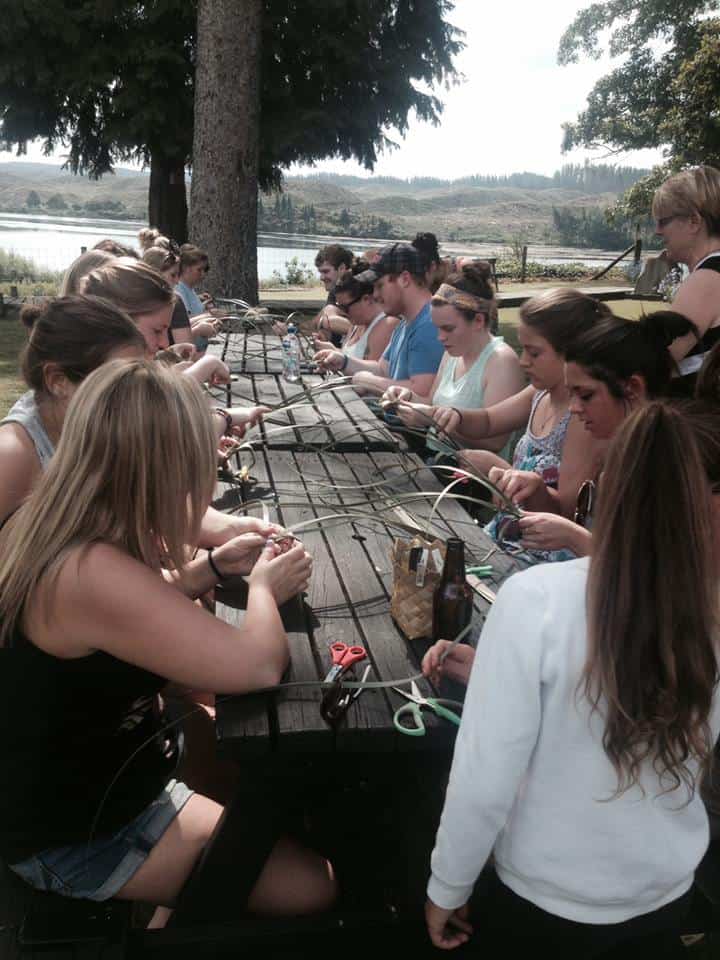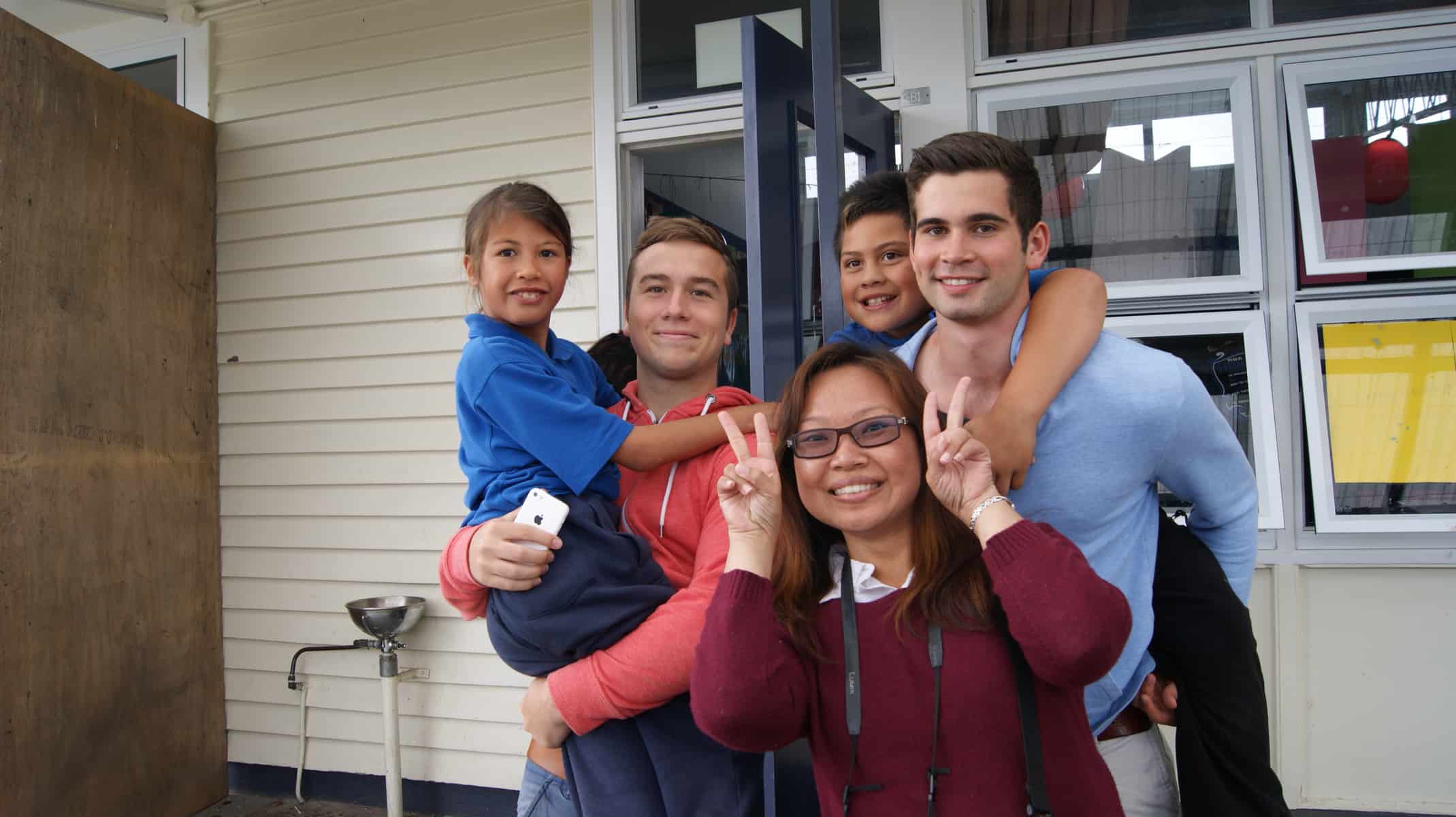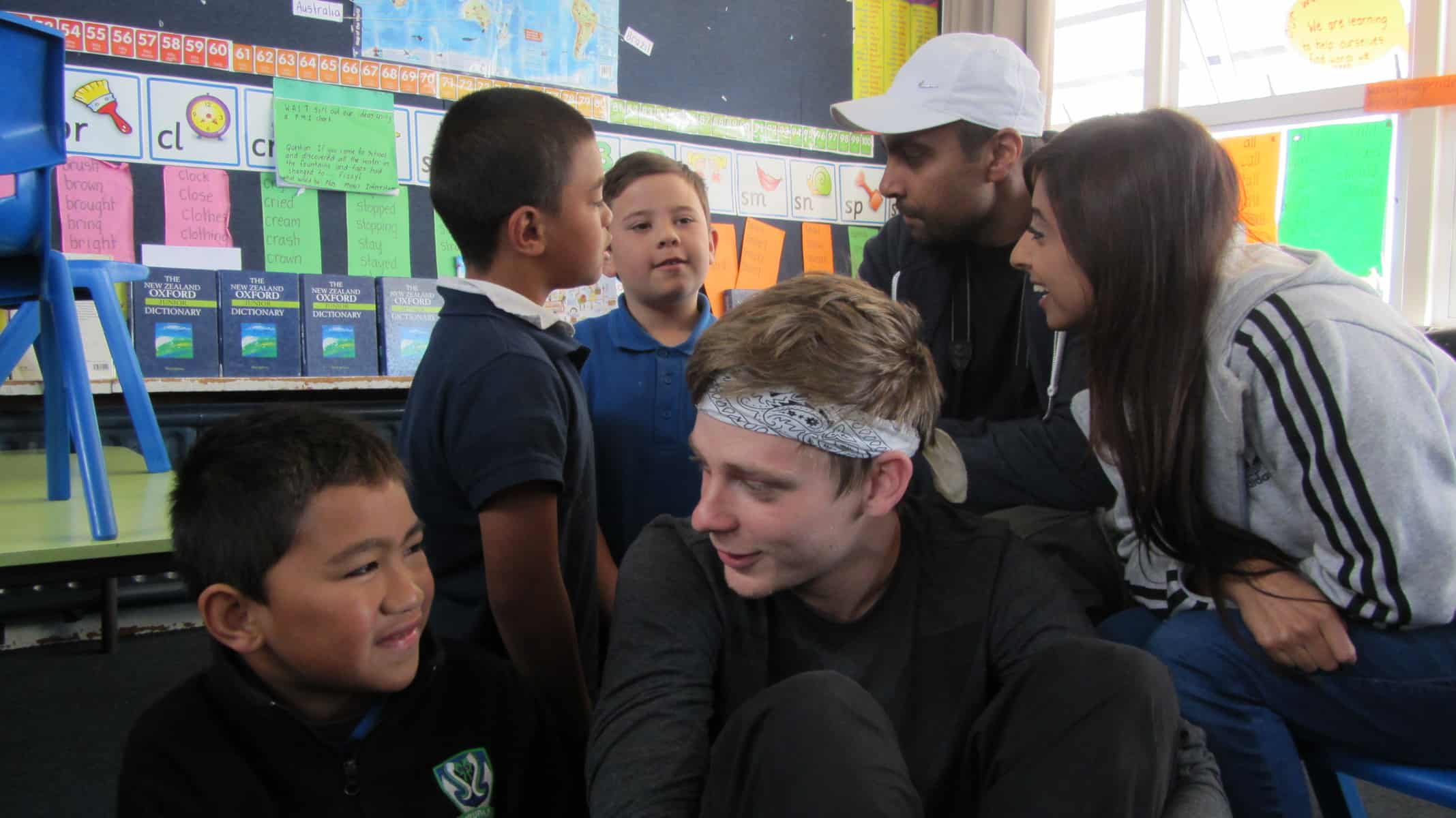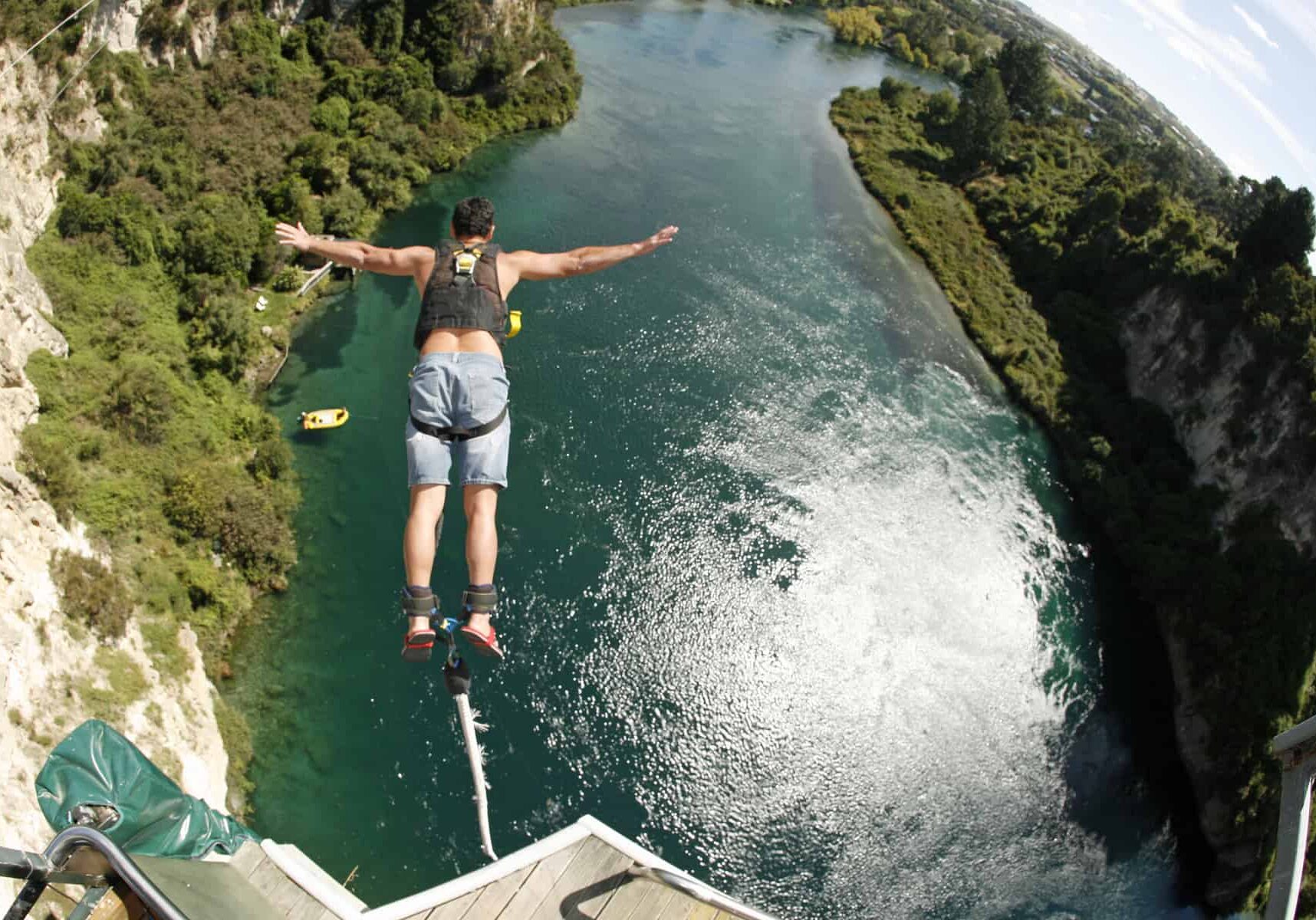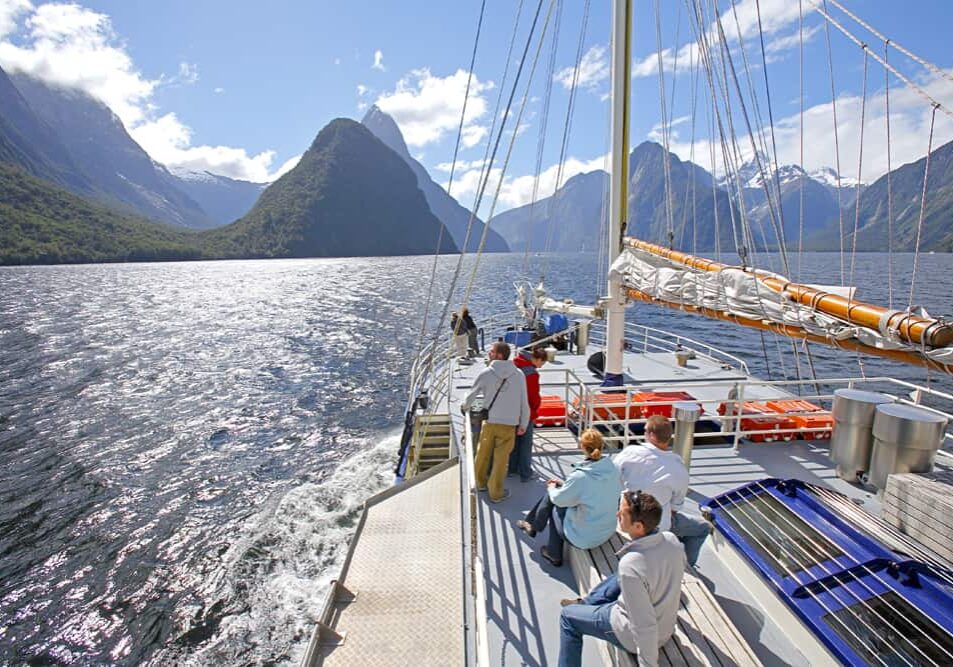A little over a year ago Stray changed its North Island tour route to include an overnight stay at Kohutapu Lodge on the edge of Lake Aniwhenua.
“Lake Anna – what?” you might be wondering. Located in the central North Island on the outskirts of a sleepy logging town called Murupara, this place is not a typical ‘tourist’ destination one might expect to visit while touring New Zealand.
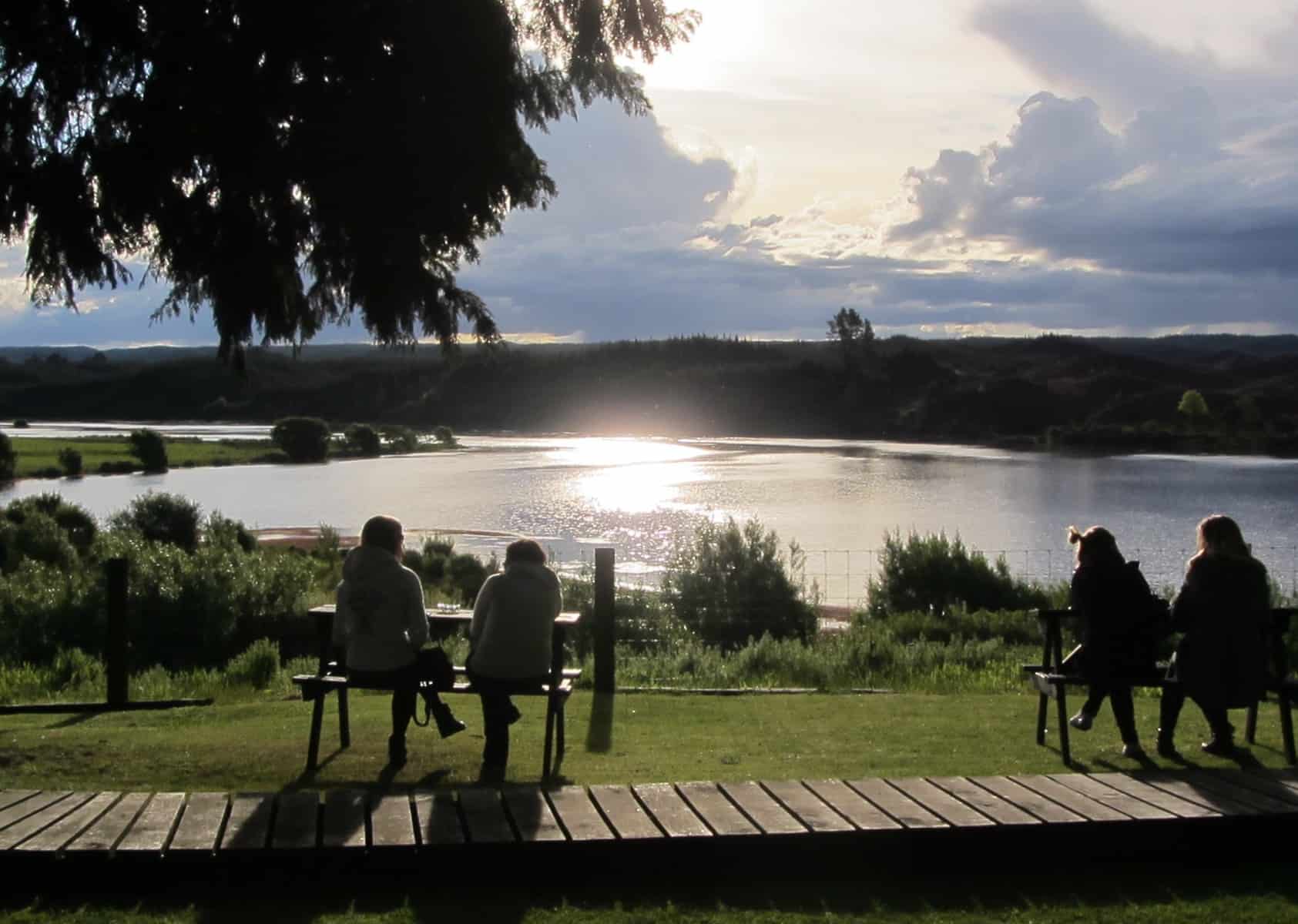
For many New Zealanders, Murupara doesn’t register on the radar and it’s not featured on any “top 10” destination lists. Once a thriving logging town, Murupara suffered from declining employment as mechanisation replaced labourers’ work in the area.
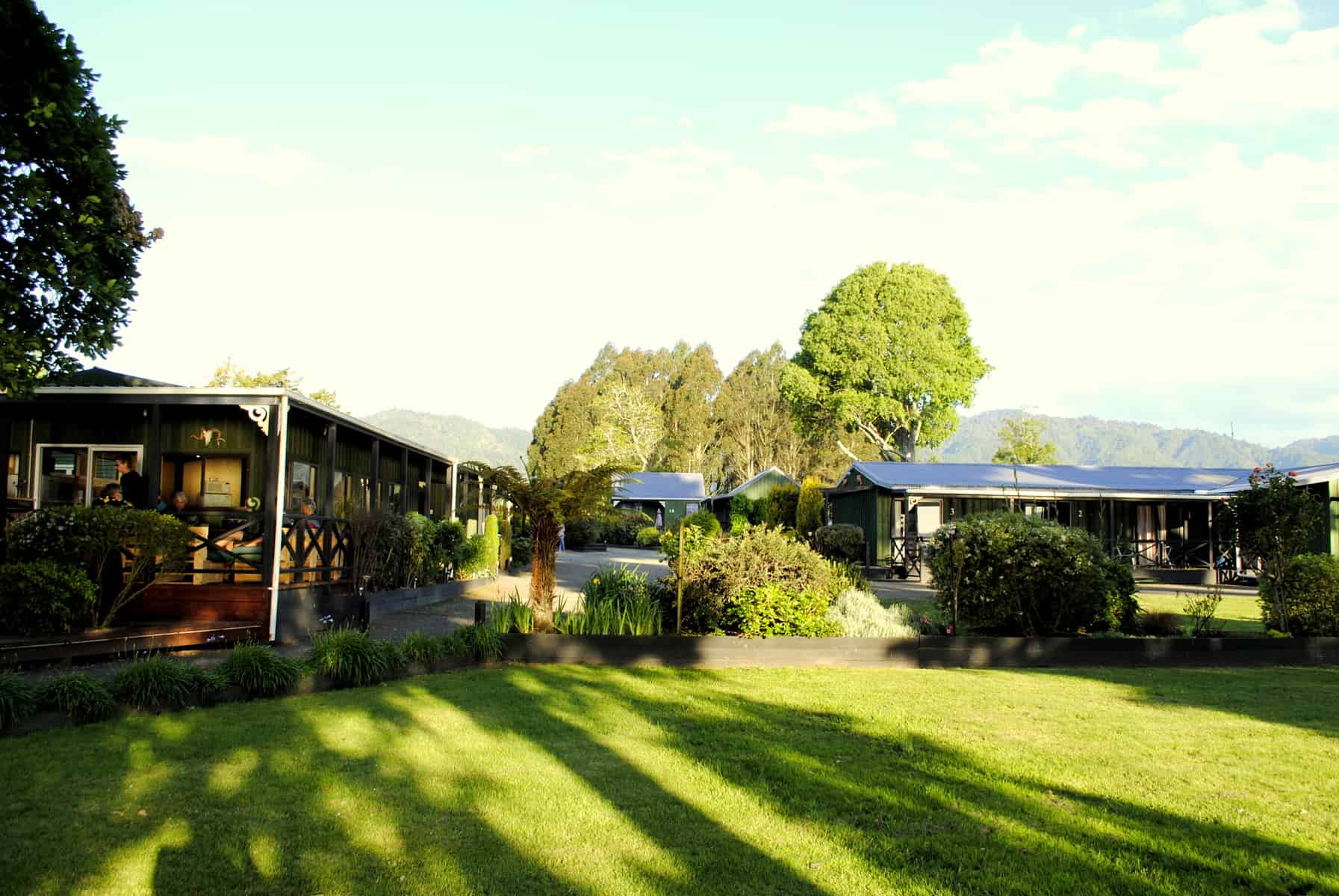
In addition to the serene settings, Stray guests are introduced to a range of traditional Maori activities that include the ‘laying of a hangi’ for dinner (a traditional underground oven), flax weaving, cooking fried Maori bread and night-time eeling.
However, the most rewarding aspect of this overnight stop is found in nearby Murupara. Nadine and Karl (of Kohutapu Lodge) have identified the positive impact tourism can have on a struggling and isolated community. Admirably they made it their mission to develop a social project that connects Stray visitors to the local Murupara Area School.
Stray travellers participate in preparing food parcels for the local school children from impoverished backgrounds. They then visit the school to personally deliver the parcels and share a cultural exchange in which the children get an opportunity to mingle with travellers of various nationalities and learn more about the world around them. Jude Robinson, the Junior Syndicate Team Leader who has taught at Murupara Area School for 15 years, has witnessed first-hand the transformation this social program has had on the students.
“Having the Stray tourists in our class has enlarged our children’s world. We live in an isolated town,” says Robinson. “It was hard to get them to see the world as a place they could go out into, that they were a part of a global community.”
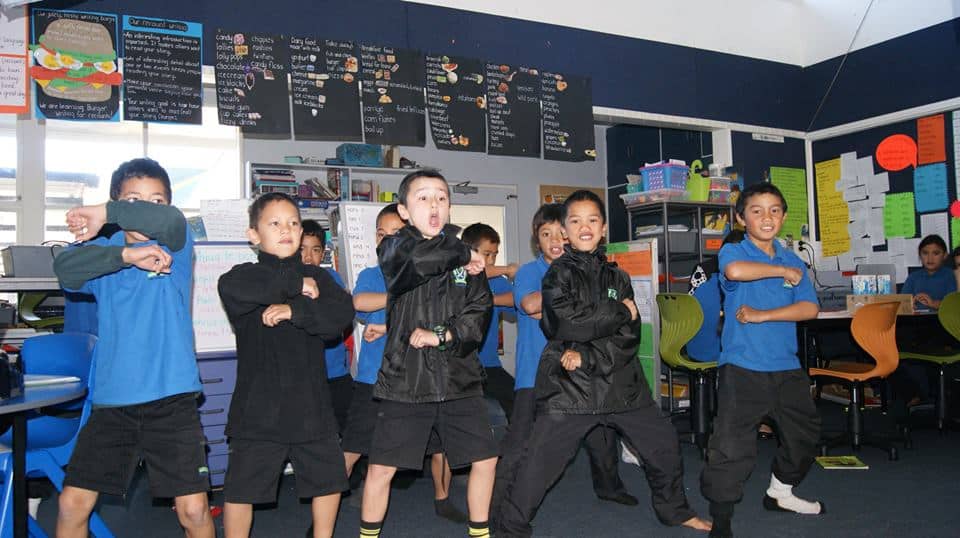
Robinson says, “I have seen my year 3-4 students (age 7-9 years) mature in their ability to communicate with people from all different nationalities. The pride they now have in their culture (Ngati Manawa) is huge. By performing our waiata and haka for the tourists they have rapidly developed a sense of pride in their culture.”
The success with the year 3-4 students has led to the year 5-6 students becoming involved in the program as well. Prior to the December holidays, Kohutapu Lodge and the Stray visitors even threw a Christmas party for the kids on the last visit of the year.
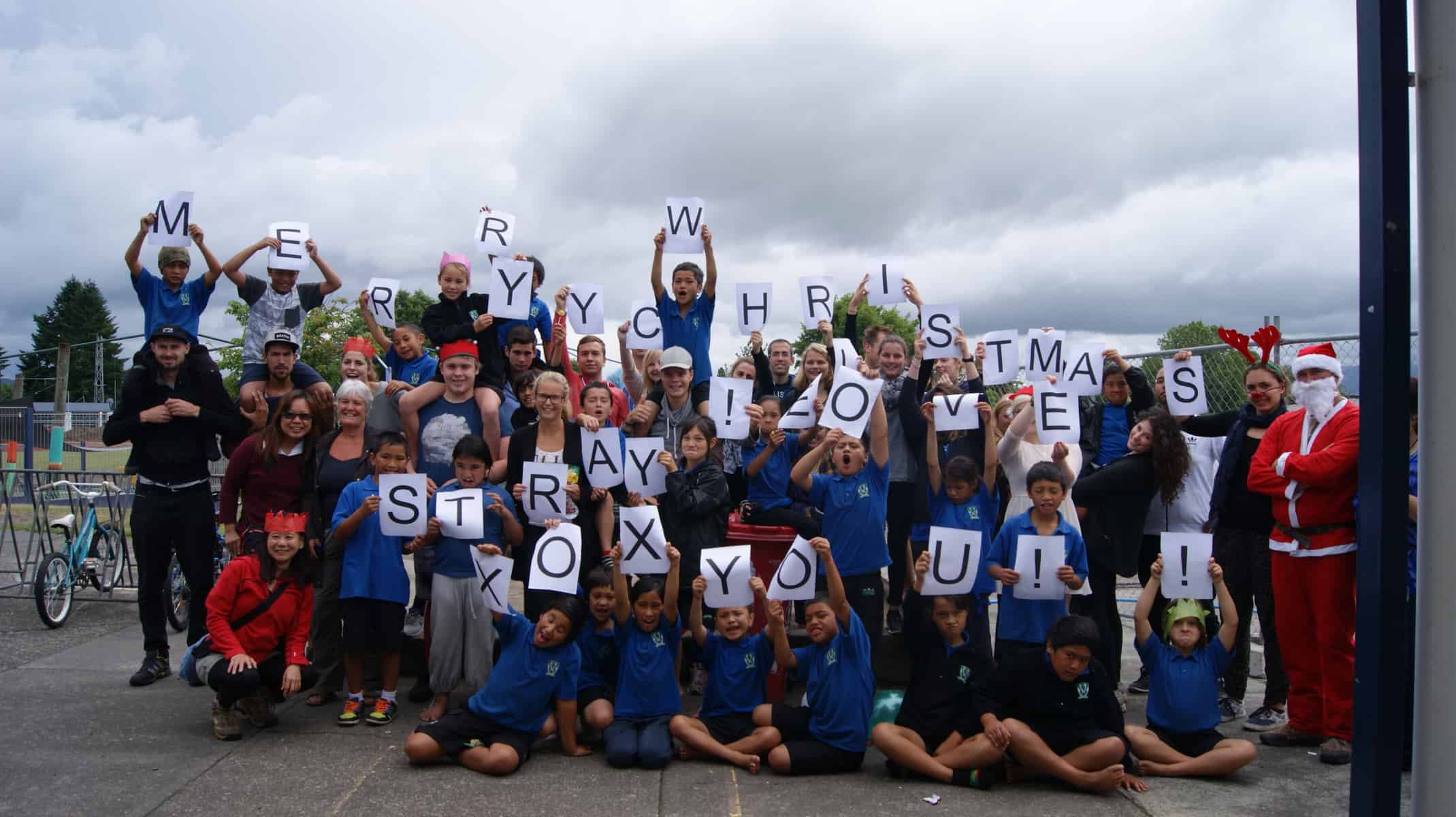
Jude Robinson summed it up perfectly: “A world once enlarged will never return to the narrow image once held.”


